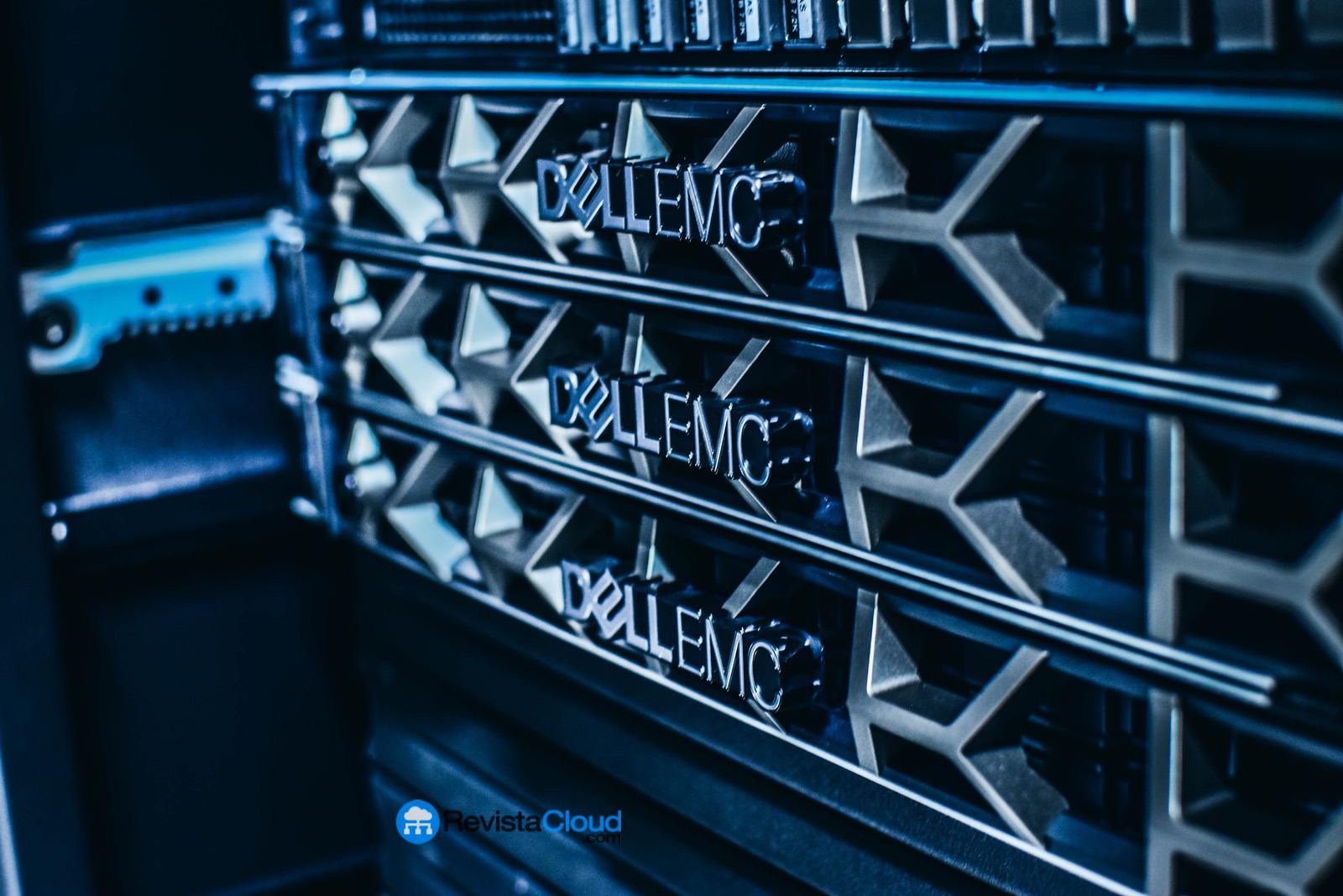The rise of digitalization and demand for cloud infrastructure solidify sector growth.
The global server market is expected to grow by $41.95 billion between 2025 and 2029, with a compound annual growth rate (CAGR) of 7.6%, according to a report published by Technavio. The need for more efficient data center infrastructures, the expansion of edge computing, and workload optimization through artificial intelligence (AI) are driving this evolution.

Key trends transforming the market
The report highlights several factors shaping the future of the sector:
- Increased investment in data centers and edge computing: with the growth of the Internet of Things (IoT), 5G, and artificial intelligence, companies are deploying smaller, distributed servers closer to end-users to reduce latency and improve operational efficiency.
- Server optimization with AI: using machine learning in workload management is allowing improved energy efficiency and resource allocation, reducing operational costs in data centers.
- Rising demand for GPU servers: with the proliferation of AI applications, machine learning, and real-time data processing, servers with graphics processing units (GPUs) are gaining popularity in tech companies and research centers.
- Security in critical infrastructures: the growing global cyber threat has led companies to strengthen their security strategies for servers, investing in advanced firewalls, data encryption, and intrusion detection.
Market distribution by segments
The server market is segmented into different categories based on product type and the sectors demanding them:
By server type
- Rack Servers: lead the market due to their high density and scalability for data centers and tech companies.
- Blade Servers: offer greater energy efficiency and smaller footprint, ideal for hyper-converged and cloud computing infrastructures.
- Micro Servers: designed for edge computing applications, enabling efficient processing in distributed environments.
- Tower Servers: more commonly used in small and medium-sized enterprises (SMEs) and offices with less demanding workloads.
- Open Compute Project Servers: driven by hyperscale companies like Google, Amazon, and Microsoft, designed to maximize efficiency in large-scale data centers.
By industrial sectors
- Technology and telecommunications: main server-consuming sector, with investments in 5G, cloud computing, and fiber optic networks.
- Banking and financial services (BFSI): increasing demand for secure servers for transaction processing and regulatory compliance.
- Government and defense: adoption of advanced infrastructures for strategic data management and cybersecurityCybersecurity solutions are essential in the digital age. national security.
- Healthcare: increasing data storage and processing in electronic health records and artificial intelligence in diagnostics.
- Retail and other sectors: digitalization of retail, e-commerce, and streaming platforms require servers with high data processing capacity.
Sector challenges
Despite the accelerated growth, the sector faces several key challenges:
- Cybersecurity: with the rise in targeted attacks on critical infrastructures, companies are implementing next-generation firewalls, intrusion detection systems, and advanced encryption to protect the integrity of their data.
- Increased energy costs: sustainability is a growing concern in data centers, driving investment in energy-efficient solutions and advanced cooling.
- Supply chain complexity: issues with the availability of chips and electronic components can affect the production and deployment of new servers.
Regional impact and market evolution
North America will lead server investment, accounting for 32% market share, driven by demand from large tech companies and the growth of hyperscalers such as Amazon Web Services (AWS), Google Cloud, and Microsoft Azure.
Meanwhile, Asia-Pacific will experience accelerated growth, with China, India, and Japan as the main drivers of digital infrastructure.
The report also notes that the future of the server market will depend on manufacturers’ ability to integrate AI-driven solutions, energy efficiency, and workload optimization to meet the growing demand for large-scale data processing and edge computing.
via: Prnewswire

